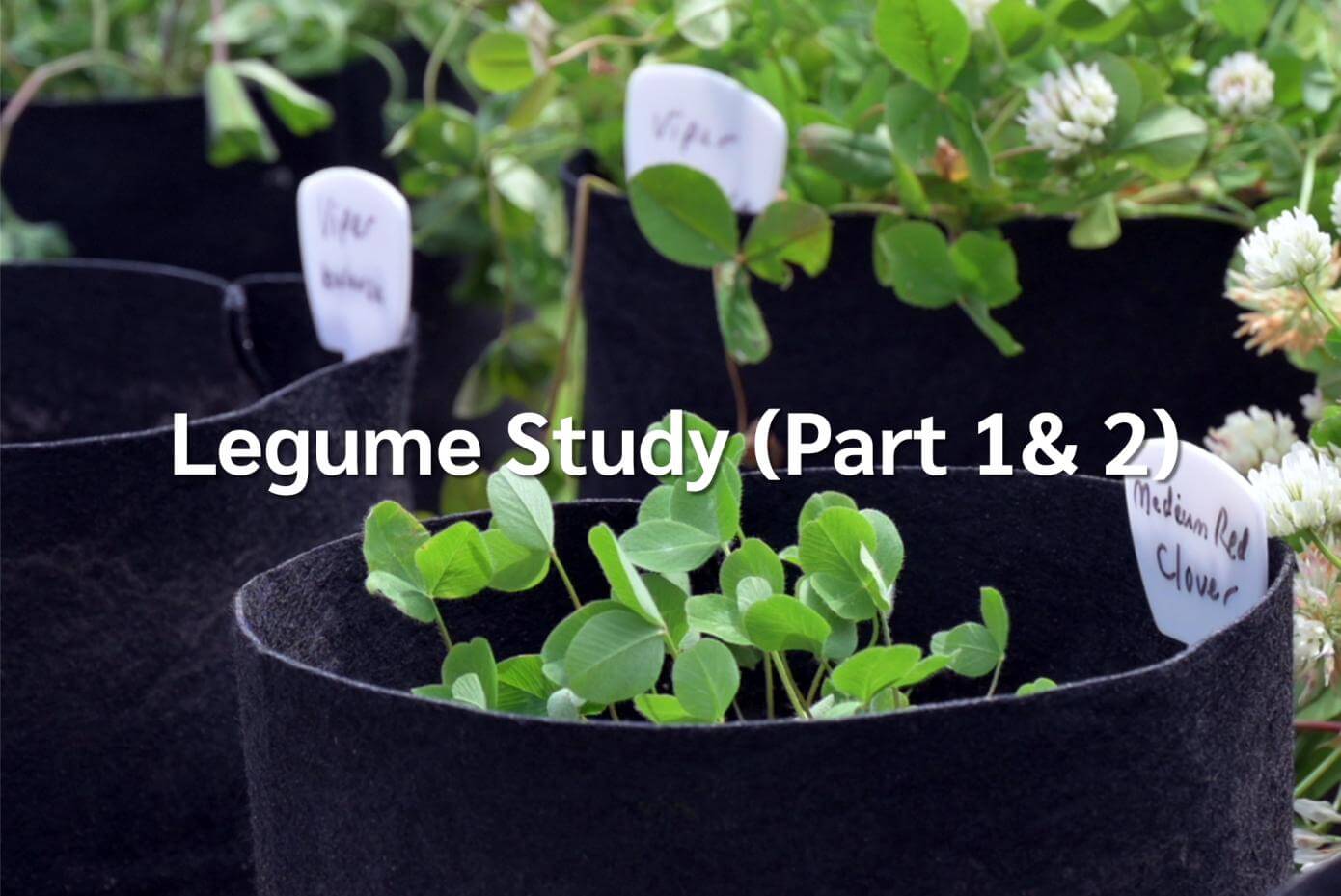Market Report
Our Market Report for the beginning of 2025 has a little bit of everything. In general, there are no major situations - no crop failures or pandemics, but there are some distinct tailwinds and headwinds.
Tailwinds
- Spring consumption could be good. While predicting spring consumption is always somewhat uncertain—largely due to weather—there are several reasons to expect normal usage from consumers and end users of both turf and forage seeds. Many will likely focus on planting new lawns, repairing damaged ones, seeding roadside embankments, and sowing perennial and annual forages for hay and pastures. On the whole, average consumption, with adjustments for weather, seems a reasonable expectation.
- Seed is available. Availability shouldn’t be a limiting factor as nearly all species have sufficient supplies.
- Prices are more favorable to the consumer. While many daily expenditures are higher, end-user seed prices are very reasonable.
Headwinds
- Less disposable income. Despite the positive factors, consumers across all sectors are facing reduced disposable income. Since seed purchases are often considered optional, this could result in lower seeding rates, skipping traditional overseeding, or postponing projects altogether.
- Lower margins. Excess inventories are driving down prices, leading to tighter margins and price-driven purchasing decisions. While consumers benefit, upstream channels—dealers, distributors, producers, and seed farmers—face reduced profits. Additionally, the focus on price can strain supplier-customer loyalty.
- Hand-to-mouth inventory. Maintaining minimal inventory levels may remain appealing, but this approach is challenging for all sectors and should be employed deliberately, not by default. It can lead to frustrated suppliers, disappointed customers, and lost business when inventory isn’t available where and when it’s needed.
- Long-Term Goals at Risk. An excessive focus on short-term inventory reduction can delay or derail long-term goals. As an industry, we must remain vigilant. Even if progress is slower than desired, it’s essential to continue working toward our industry, corporate, and personal visions with the resources at hand and keep those goals alive.
No matter which way the winds shift, we wish you success in the year ahead and stand ready to be your trusted partner and supplier. Happy sailing!
Cover Crops for Grazing
At the recent American Forage and Grasslands Council (AFGC) meeting, one striking trend emerged: presentations prominently featured cover crops. Cover crops at a FORAGE meeting? That’s right, this was once controversial, especially when government funds were involved. But now, farmers and researchers are learning and re-learning how to use these valuable species.
Speaking of learning, we encourage you to check out video series exploring both the top growth and the roots of numerous legumes. Check it out on our Smith Seed YouTube channel or at our SmithSeed.com Video page.

